Things are like this:


I have some graphs like the pictures above and I am trying to classify them to different kinds so the shape of a character can be recognized, and here is what I've done:
I apply a 2-D FFT to the graphs, so I can get the spectral analysis of these graphs. And here are some result:

S after 2-D FFT

T after 2-D FFT
I have found that the same letter share the same pattern of magnitude graph after FFT, and I want to use this feature to cluster these letters. But there is a problem: I want the features of interested can be presented in a 2-D plane, i.e in the form of (x,y), but the features here is actually a graph, with about 600*400 element, and I know the only thing I am interested is the shape of the graph(S is a dot in the middle, and T is like a cross). So what can I do to reduce the dimension of the magnitude graph?
I am not sure I am clear about my question here, but thanks in advance.